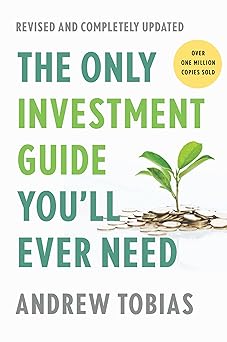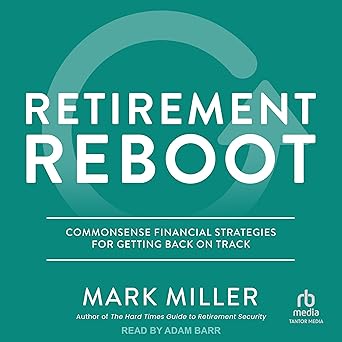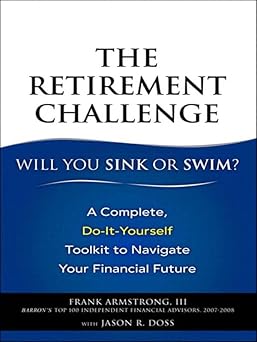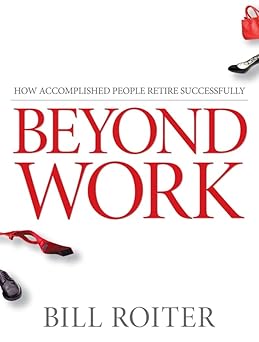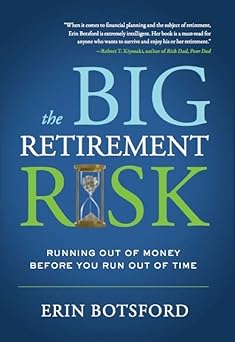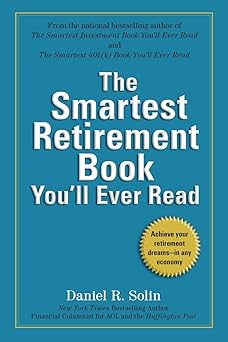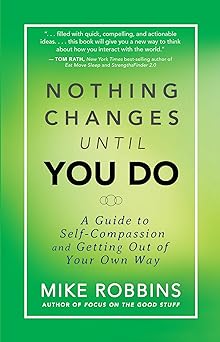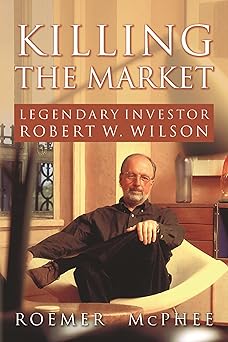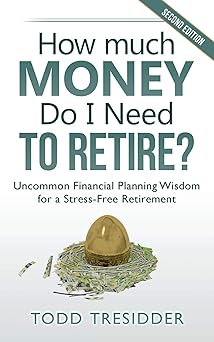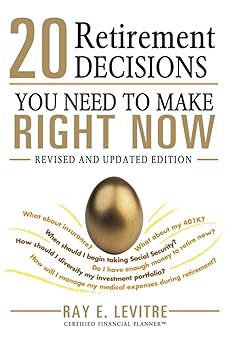
Have you ever noticed those people who just seem to draw everyone in? The ones who can light up a room and make you feel truly seen? We often think they were born that way, blessed with some special quality that the rest of us just don’t possess. It’s easy to feel a bit discouraged when you see someone like that, thinking, "I could never be like them." But what if I told you that what you’ve been told about charisma isn’t entirely true? What if that captivating presence, that ability to inspire and connect, isn's some innate gift but something that can be developed? This book challenges that long-held belief, offering a refreshing perspective on how we perceive influence and connection. It gently suggests that the idea of charisma as an inherent trait – something you're either born with or not – is a myth. It’s a comforting thought, isn't it? Because it means that if you feel you lack that certain something, you're not necessarily missing a vital ingredient. You can learn to project more influence and connect with others in a deeper way. It’s a truly encouraging message, particularly in a world where we often feel pressured to fit into predetermined molds and feel inadequate if we don’t. I remember once, a friend of mine felt completely overshadowed by a colleague who seemed effortlessly charming. She felt like she could never compete. This book would have been a lifeline for her, a reminder that charm isn't a secret formula but a set of practices that can be learned.
The book explains that becoming more charismatic isn’t about changing who you are at your core. It's not about pretending to be someone you're not. Instead, it focuses on identifying specific actions and behaviors that you can adopt to enhance your ability to connect with others. Think of it like learning a new skill – like learning to play an instrument or learning a new language. You don't become a concert pianist or a fluent speaker overnight, but with practice and dedication, you can definitely improve. Similarly, you can learn to project more confidence, improve your ability to listen attentively, and become more effective at conveying your ideas – all without sacrificing your authentic self. The author shares techniques originally created for students at Harvard and MIT, demonstrating that these principles can be applied by anyone, regardless of their background or personality type. It's a practical guide that breaks down charisma into manageable steps, offering a roadmap for those who want to cultivate a more engaging and influential presence. It’s about finding the practices that work for you, the ones that feel natural and resonate with your existing personality. It’s less about becoming a carbon copy of someone else and more about becoming a better version of yourself. The beauty of this approach is that it empowers you to take control of your interactions, to consciously shape the impression you make on others, and to build stronger, more meaningful connections.
The ultimate goal isn’t to become a charismatic performer, but to become a more persuasive and inspiring individual. It’s about finding ways to effectively communicate your ideas, to motivate others, and to build rapport. It’s about understanding how to use your voice, your body language, and your words to create a sense of connection and trust. The book emphasizes that influence isn't about manipulation; it's about inspiring others to share your vision and to work together towards a common goal. It's about creating a ripple effect of positivity and impact. It's a valuable read for anyone who wants to improve their communication skills, build stronger relationships, and become a more impactful leader. It’s a reminder that we all have the potential to be more influential and inspiring, and that with a little effort and practice, we can unlock that potential within ourselves. It really is about empowering yourself to be the best communicator you can be.
Rating: 5.0 / 5.0
This book offers a gentle and hopeful message about connecting with others. It challenges the idea that some people are just naturally charming, suggesting instead that we can all learn to be more engaging. It’s a comforting thought, because it means we aren’t missing something essential if we don’t feel effortlessly charismatic. It feels like a warm hug, offering practical steps to improve communication and build stronger relationships. It doesn’t ask you to be someone you’re not, but to find small actions that feel genuine and build on who you already are. It’s a truly encouraging read, especially for those who sometimes feel overshadowed or wish they could connect more easily. The advice feels accessible and the overall tone is reassuring, reminding us that we all have the ability to build better connections and be more influential in a kind and thoughtful way.



